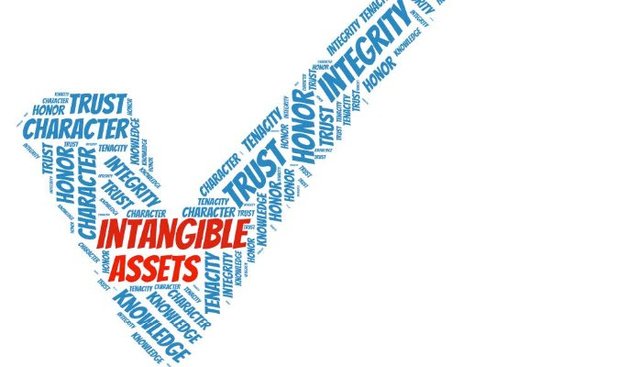 The purpose of IAS 38 is to give a summary of accounting requirements for intangible assets. Which are non-monetary assets and without physical existence & identifiable (either beingseparable or arising from contractual or other legal right). IAS 36 requires an entity to recognize an intangible asset only if, specified criteria is met. This standard also specifies how to measure carrying amount of intangible assets and guide on the required specified disclosures about intangible assets. Initially intangible assets meeting the relevant recognition criteria measured at cost, amortized on a systematic basis over their useful lives (unless the asset has an unlimited useful life, it which it is not amortized) and subsequently measured at cost or revaluation model. What is an “Intangible asset” An intangible asset is an identifiable non-monetary asset that is physical in nature. Anything will be considered an asset that is controlled by an entity as a result of past events and from which future economic benefits are anticipated. Such as, patents, copy rights, customer list, franchise agreements and trademarks etc. Hence, the three critical attributes of an intangible asset are as follows:
Recognition criteria: IAS 36 requires an entity to recognize an intangible asset only if:
The probability recognition criteria is always consider being satisfied for intangible assets that are in a business combination or separately Initially intangible assets are measured at cost; The cost of a separately acquired intangible asset consists of;
Internally generated intangible assets Internally generated goodwill can’t be recognized an asset.
An entity will need to choose either the cost model or the revaluation model as its accounting policy. Cost model: After recognizing, an asset is measured at cost less accumulated amortization and impairment losses. Revaluation model: An intangible asset is carried at the revalued amount (based on fair value) less any subsequent accumulated amortization and impairment losses. Fair value should be measured by reference to the active market. In an active market, all of the following conditions exist:
If an intangible asset is measured at the revaluation model, all other assets of the same class should also be accounted for using the same model, unless there is no active market for those assets. Under the revaluation model, if there is an increase in the value; the increase is recognized in the other comprehensive income e and accumulated in equity as a revaluation surplus except to the extent that it reverses a previously recognized revaluation decrease in the profit & loss. How Can I apply the standard myself? Without full grip on the standard as well as other accounting techniques it’s often difficult to deal with therefore we suggest you to use outsourced business accounting services by WeAccountax and contact one of accountancy companies UK rather than remain stuck in rules across recognition and measurement of tangible asset.
0 Comments
Leave a Reply. |
About UsWeAccountax has an expert team of chartered accountants, chartered tax advisors and associate chartered accountants who aim to enhance the quality of accountancy services. Archives
August 2018
Categories |

 RSS Feed
RSS Feed
